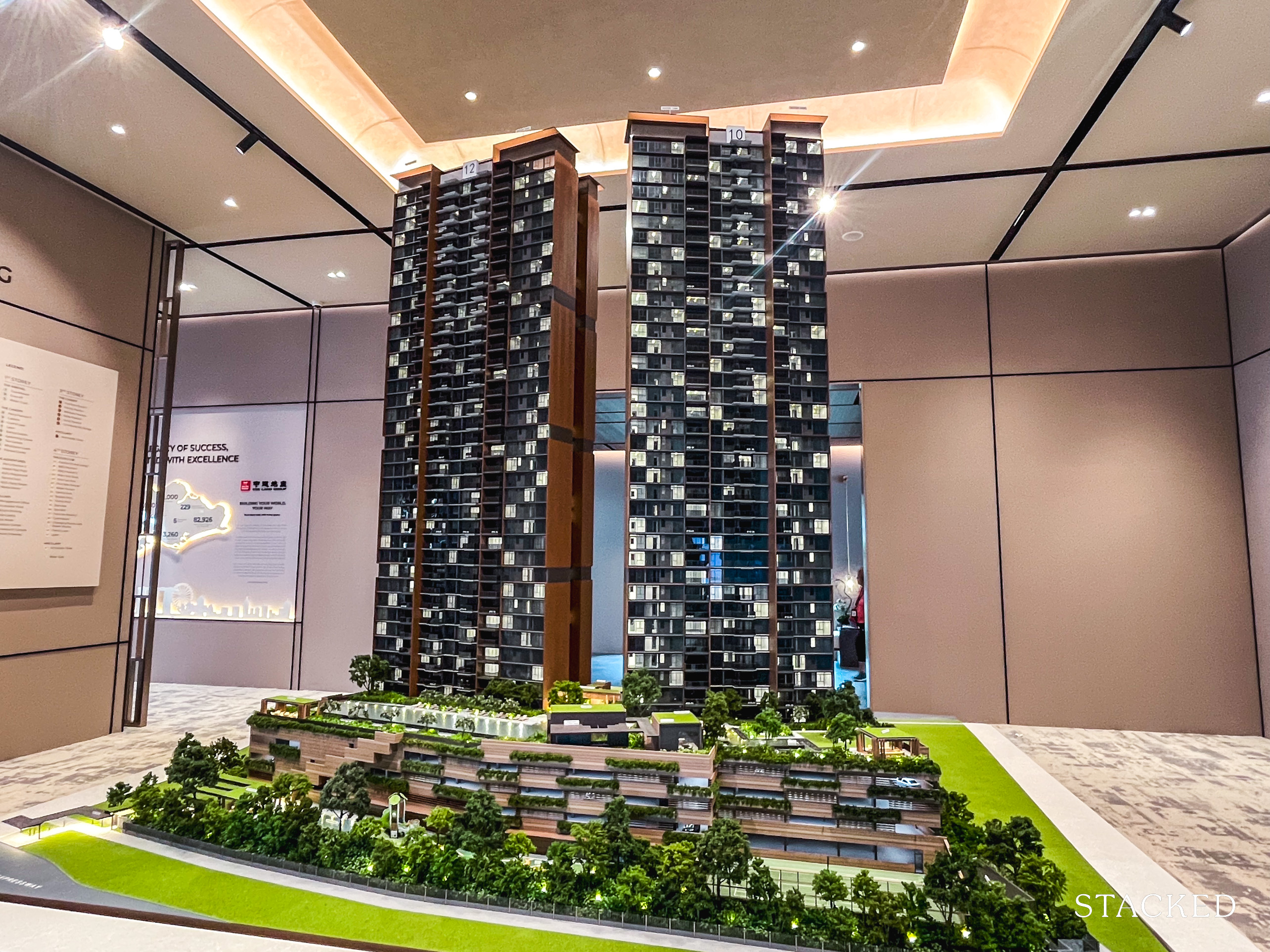The Math Behind Why 30–35 Is The Sweet Spot To Upgrade From HDB To Condo
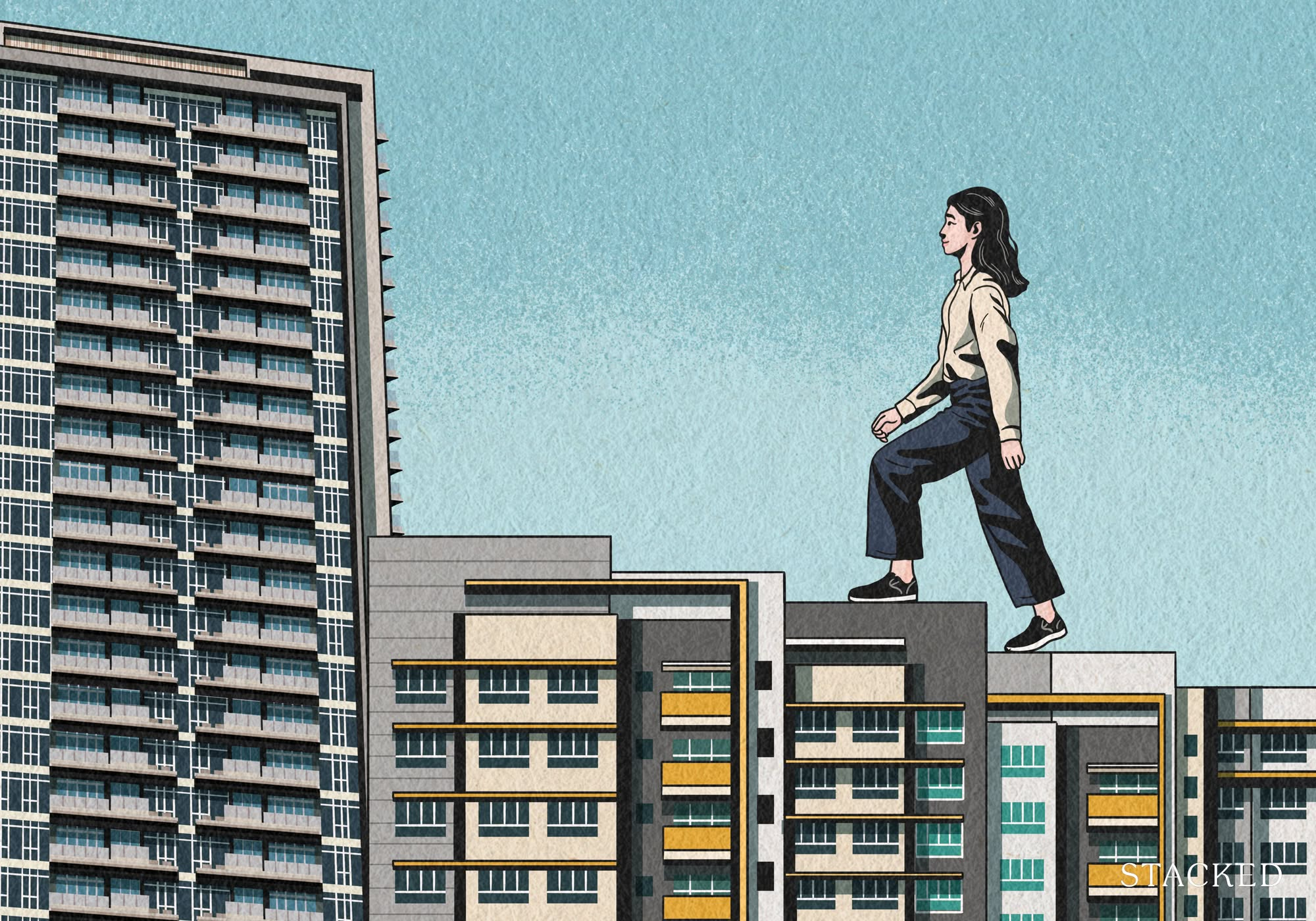
Get The Property Insights Serious Buyers Read First: Join 50,000+ readers who rely on our weekly breakdowns of Singapore’s property market.
A seasoned content strategist with over 17 years in the real estate and financial journalism sectors, Ryan has built a reputation for transforming complex industry jargon into accessible knowledge. With a track record of writing and editing for leading financial platforms and publications, Ryan's expertise has been recognised across various media outlets. His role as a former content editor for 99.co and a co-host for CNA 938's Open House programme underscores his commitment to providing valuable insights into the property market.
I know most of us roll our eyes when property agents say “don’t wait too long,” and to be fair, some of them are doing it as a sales tactic. But there is a kernel of truth in this, albeit less drastic and exaggerated than the pitch implies. For the average Singaporean, there really is a “golden window” when the jump from HDB to condo tends to be easier, or at least a bit more viable. Before this window, you probably don’t have enough money. After this window, age and loan limitations creep in. Here’s where that window lies:
A quick caveat before we dive in
What follows is a generalised scenario based on current property prices, lending rules, and median incomes in Singapore. It’s meant to reflect what’s relevant for most people, not those on extreme ends of the scale.
If you’re earning $100,000+ a month, or you happen to own a 4-room flat that sells for a million dollars, your upgrade path will look very different. Likewise, if you’ve already paid off your flat in full, can borrow a lot from parents, etc., then the numbers we run here won’t really apply to you.
For this reason, we’re focusing on median-income, dual-income households. We’re also going to assume our upgraders are selling a fairly typical 4-room flat, and moving to a condo priced between $1.8 to $2 million. This is roughly enough for a new launch two-bedder or compact three-bedder, or a resale three-bedder.
We’re also assuming:
- They sell their flat before buying the condo (so there’s no ABSD involved)
- They don’t have other major debts that affect the loan quantum or TDSR limits
- The “Bank of Mum and Dad,” or other such resources, are not available to boost the down payment to meet TDSR or related limits
The point here is to show how age, income, CPF rules, and loan restrictions interact — and why waiting too long can make the upgrade harder, even if your income is still healthy.
Here’s a look at what it takes for the average upgrader

Let’s take a couple from early to mid-thirties, the age group where most Singaporeans seriously consider upgrading.
For our “typical” upgrader couple in 2025, let’s picture two full-time employed Singaporeans in their mid-30s, each earning the median salary for their age group. This is higher than the base median income as it’s near or at their career peak: about $7,049 per person in the 35–39 bracket, or roughly $14,098 in combined monthly income before CPF deductions.
We’ll assume they bought a 4-room flat at age 25, financed mostly through CPF with a standard 25-year HDB loan at 2.6 per cent interest. They’ve met the five-year MOP and are ready to upgrade.
Let’s assume they’re selling a typical 4-room flat in 2025 for around $700,000 to $750,000.
- Estimated outstanding HDB loan after 5 years: ~$360,000
- Remaining after loan discharge: ~$340,000–$390,000
- Estimated refund to CPF OA (principal + accrued interest): ~$220,000–$240,000*
That leaves them with:
- $220,000–$240,000 in CPF OA
- $120,000–$150,000 in cash proceeds
*They can still use the refunded CPF for their next property; the only issue is that they may not have enough left in hard cash. This matters for a condo purchase, as at least five per cent of the price must be paid in cash.
Step 2: Buying their $1.9 million resale condo
Max LTV (loan-to-value): 75% = $1.425 million (maximum), at a 30-year loan tenure*
TDSR cap (55% of income): $14,098 × 0.55 = $7,754/month
*The maximum LTV decreases if the loan tenure extends past the retirement age of 65; so, at 30 years old, they can still take the full 30 years.
At their income level, the TDSR would allow a loan of up to about $1.48 million. But because the loan is capped at 75 per cent of value, the maximum remains at $1.425 million.
Upfront requirements:
- 5% in cash = $95,000
- Next 20% in CPF/cash = $380,000
- BSD on $1.9M = $66,600
- Total upfront = $541,600
From the sale of their HDB:
- CPF available: $220,000–$240,000 (covers most of the $380,000 CPF portion; shortfall ~$140,000–$160,000)
- Cash available: $120,000–$150,000 (easily covers the $95,000 cash down, with ~$25,000–$55,000 left over to offset BSD)
So at ages 30 to 35, the couple can realistically make the upgrade: while there is a shortfall, it can reasonably be covered by active savings in the years preceding the upgrade:
- Max LTV (loan-to-value): 75% = $1.425 million (maximum), at a 30-year loan tenure*
- TDSR cap (55% of income): $14,098 × 0.55 = $7,754/month
*The maximum LTV decreases if the loan tenure extends past the retirement age of 65; so, at 30 years old, they can take the full 30 years. In the event of different-aged co-borrowers, Income Weighted Average Age will be used; you can see how that works here.
At their income level, the TDSR would allow a loan of up to about $1.48 million. But the maximum possible LTV is still only 75 per cent of price or value, whichever is lower; so we still need to work within the loan cap of $1.425 million:
But now, what happens if they wait till they’re 40?
If the couple waits until age 40, their maximum loan tenure drops from 30 to just 25 years (since 40 + 25 years = retirement age of 65).
This shifts the limiting factor from LTV to TDSR.
Let’s assume the same combined monthly income of about $14,098 (hopefully their income didn’t decrease).
At the four per cent floor rate over 25 years, that works out to a maximum loan of about $1.33 million – a drop of nearly $100,000 in borrowing power, versus if they had taken the loan between the ages of 30 to 35.
We also need to consider any property price growth if they wait longer: over this period, even a modest 10 per cent increase in private home prices would push that $1.9 million condo to around $2.09 million, making the gap even harder to bridge:
Here’s how that would look:
- Condo price: $2.09 million (after 10% increase)
- Maximum loan due to TDSR cap + shorter loan tenure ≈ $1.33M (25 years at 4% floor rate)
- Upfront cash needed: ($2.09 million – $1.33 million)= $760,000
- Adding BSD on $2.09 million = $75,600
- Total upfront cost = $835,600
This is a rough difference of around a quarter million dollars, as a cost of waiting till the age of 40. This is also a very conservative estimate of how much private home prices can rise in such a long time.
From here, we can see that 30 to 35 is the golden window, or at least before 40
It’s not unusual to see upgrading happen a bit past the age as well, with realtors noting that many upgraders reach up to around 38 years old. While this would also mean a shorter loan tenure (i.e., 27 years maximum), this is still not unmanageable – but reaching 40 or beyond has a significant financing impact.
Some upgrades make the move later because, unfortunately, 30 to 35 is also the most financially stressful time for most people.
30 to 35 is also when many big-ticket life events pile up: raising young children, planning for university, caring for ageing parents, and still recovering from earlier expenses like a wedding.
Income may be at its peak, but so are expenses and commitments at this age range.
As such, upgrading is still possible for middle-income couples, but the margin for error is shrinking, and waiting too long risks being priced out by both higher property prices and financing complications.
One way around this is to be more strategic with your initial property pick. Depending on their situation, some upgraders have success through alternative means: one example is starting with a smaller 3-room flat instead of maximum savings, whereas another is to buy older, cheaper, resale flats – to ensure construction time is not added to the MOP (because the MOP countdown only begins from key collection).
If you’re pondering upgrading or want to consider solutions if you’ve missed the window, reach out to us for a chat.
If you’d like to get in touch for a more in-depth consultation, you can do so here.
Have a real estate question, or not sure what your options are? Email us at stories@stackedhomes.com.
Ryan J. Ong
A seasoned content strategist with over 17 years in the real estate and financial journalism sectors, Ryan has built a reputation for transforming complex industry jargon into accessible knowledge. With a track record of writing and editing for leading financial platforms and publications, Ryan's expertise has been recognised across various media outlets. His role as a former content editor for 99.co and a co-host for CNA 938's Open House programme underscores his commitment to providing valuable insights into the property market.Read next from Property Advice
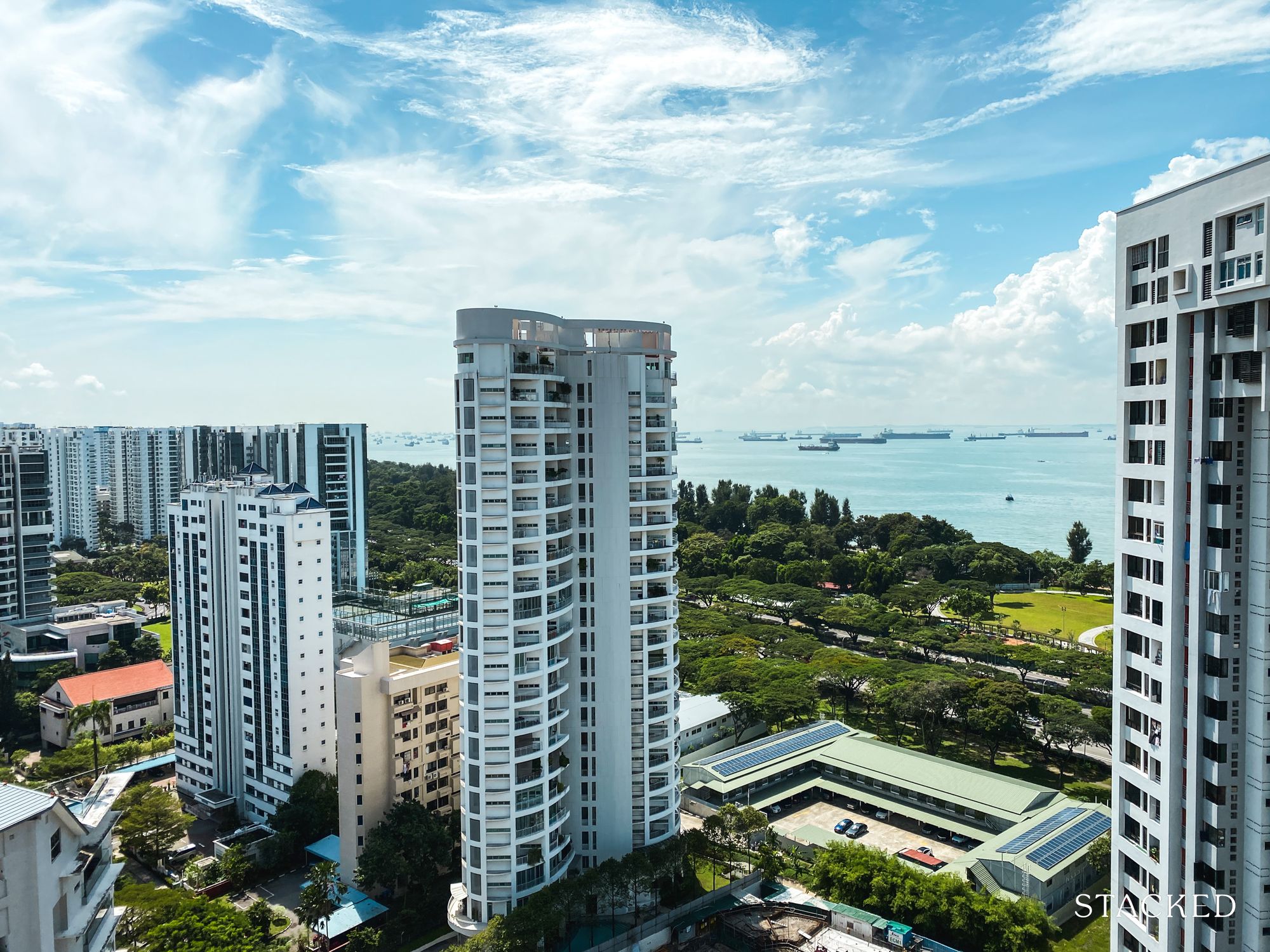
Property Advice Should We Buy An Old 99-Year Leasehold Condo To Live In: Will It’s Value Fall When The Lease Runs Out?
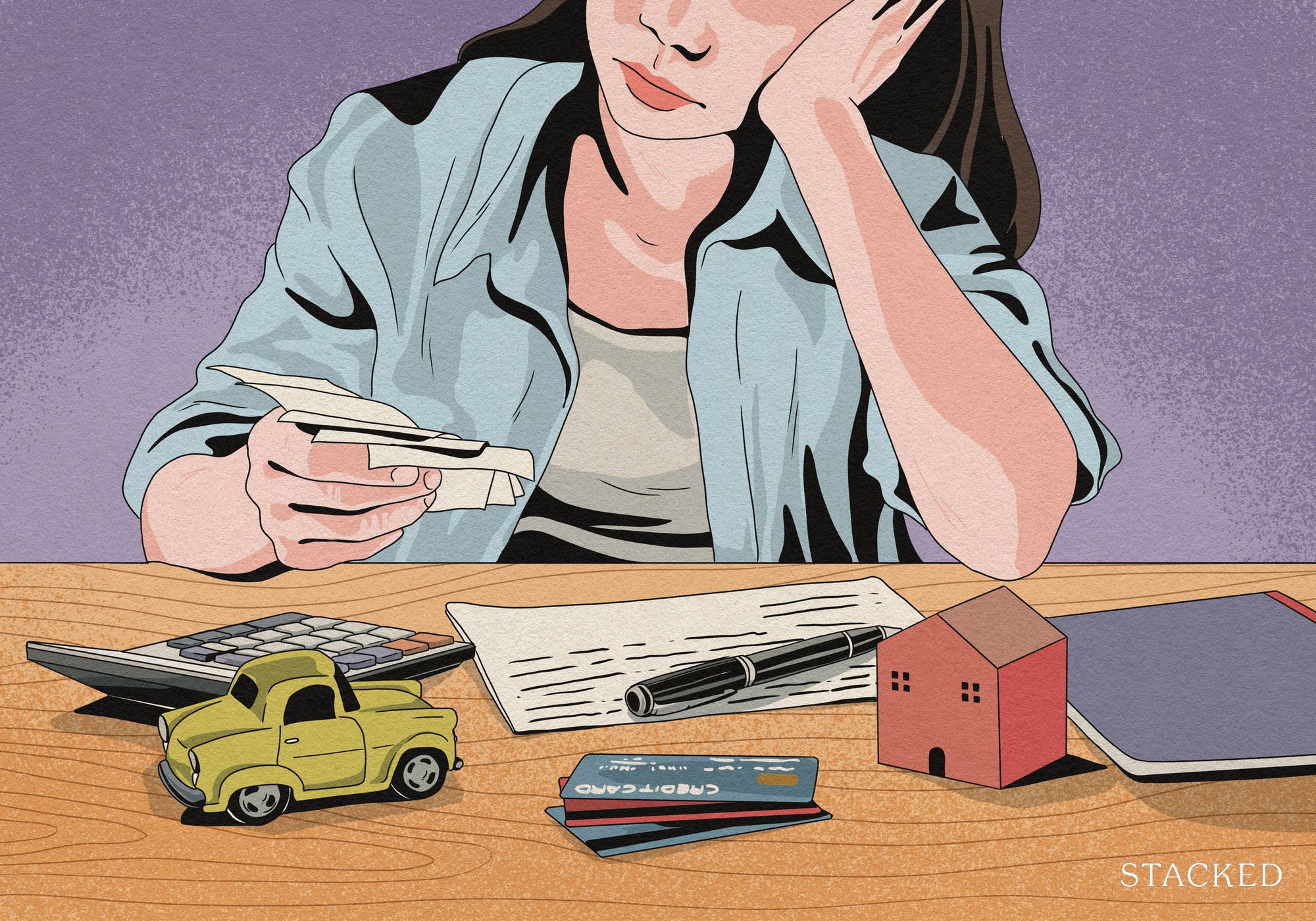
Property Advice We Own A $800K 1-Bedder And A $1.1M 3-Bedder: Is It Possible To Upgrade To A 4-Bedder Condo?
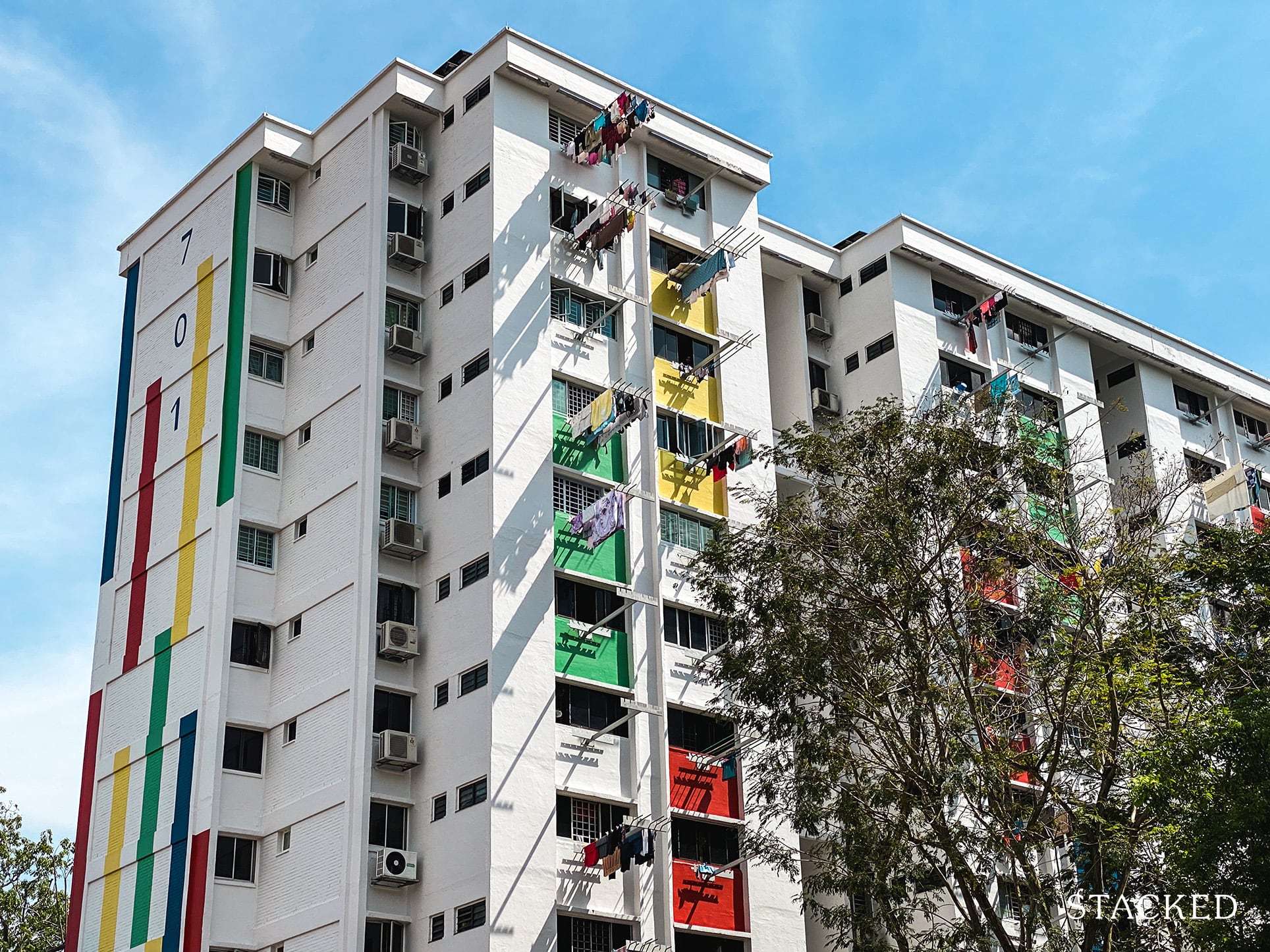
Property Advice I Own A 55-Year-Old HDB Flat, But May Have To Sell — Can I Realistically Buy A Freehold Condo With $700K?
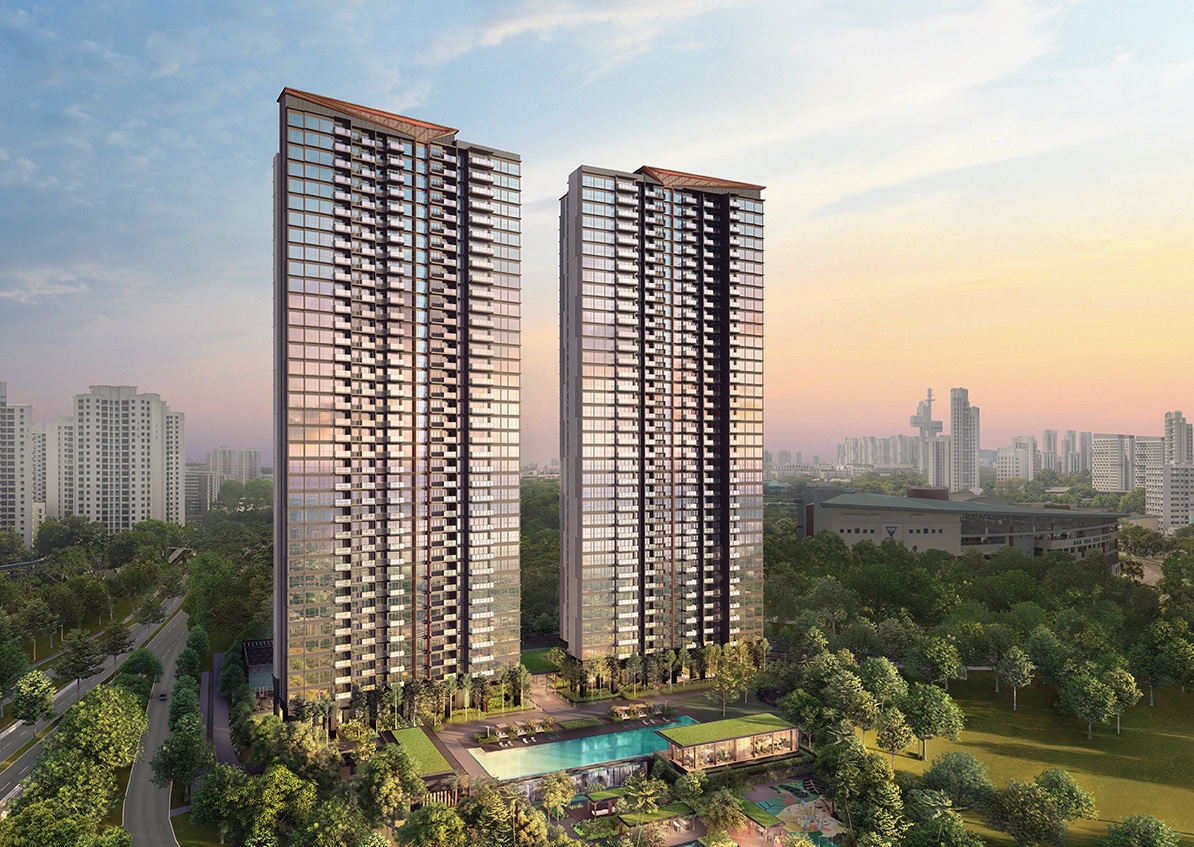
Property Advice We Own A 2-Bedder Condo In Clementi: Should We Decouple To Buy A Resale 3 Bedder Or Sell?
Latest Posts
Uncategorized
Notre Avis sur Betify Casino – Partie 4
Uncategorized
Notre Avis sur Betify Casino – Partie 207
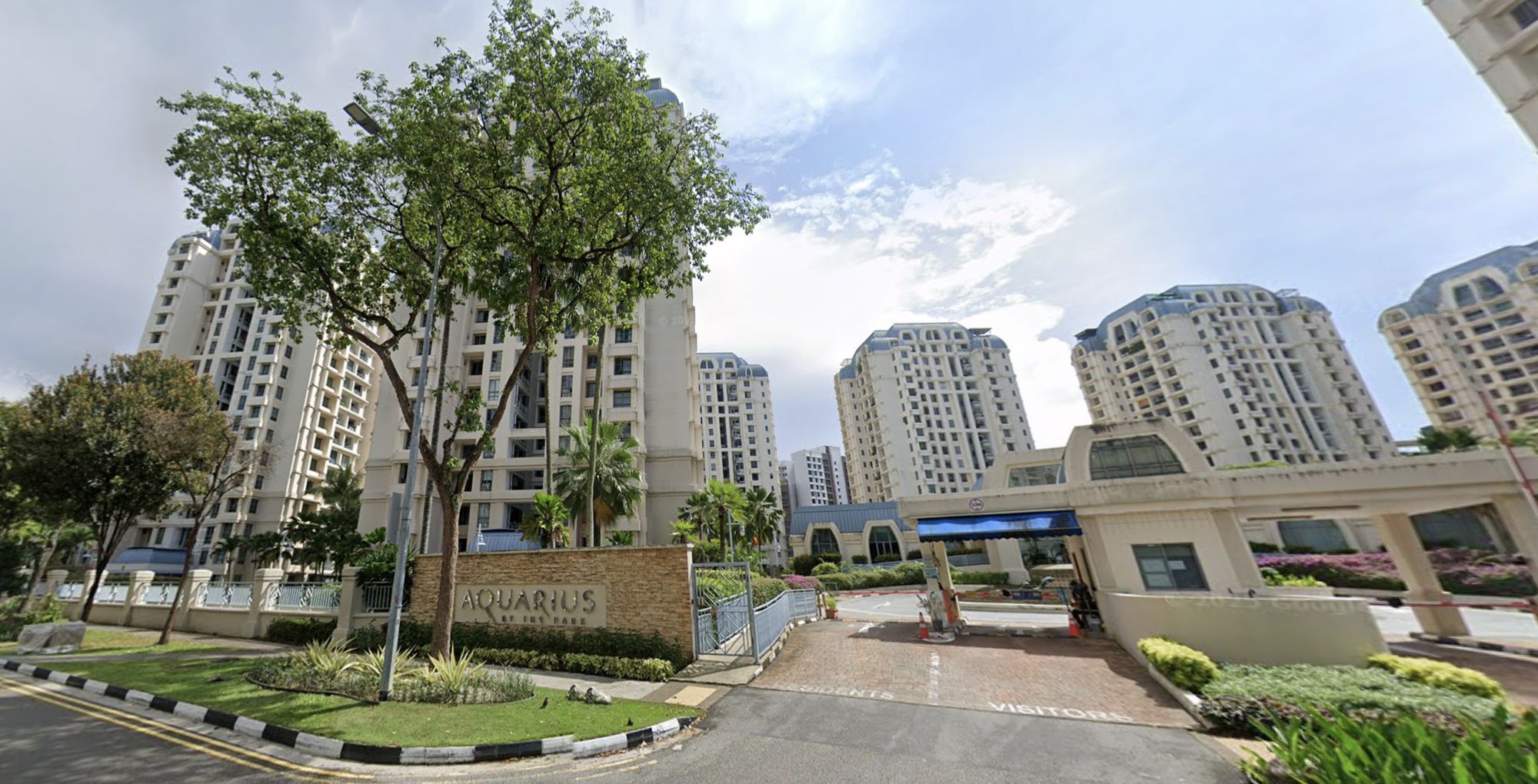
Pro How A Once “Ulu” Condo Launched In 1997 Became A Top Performer
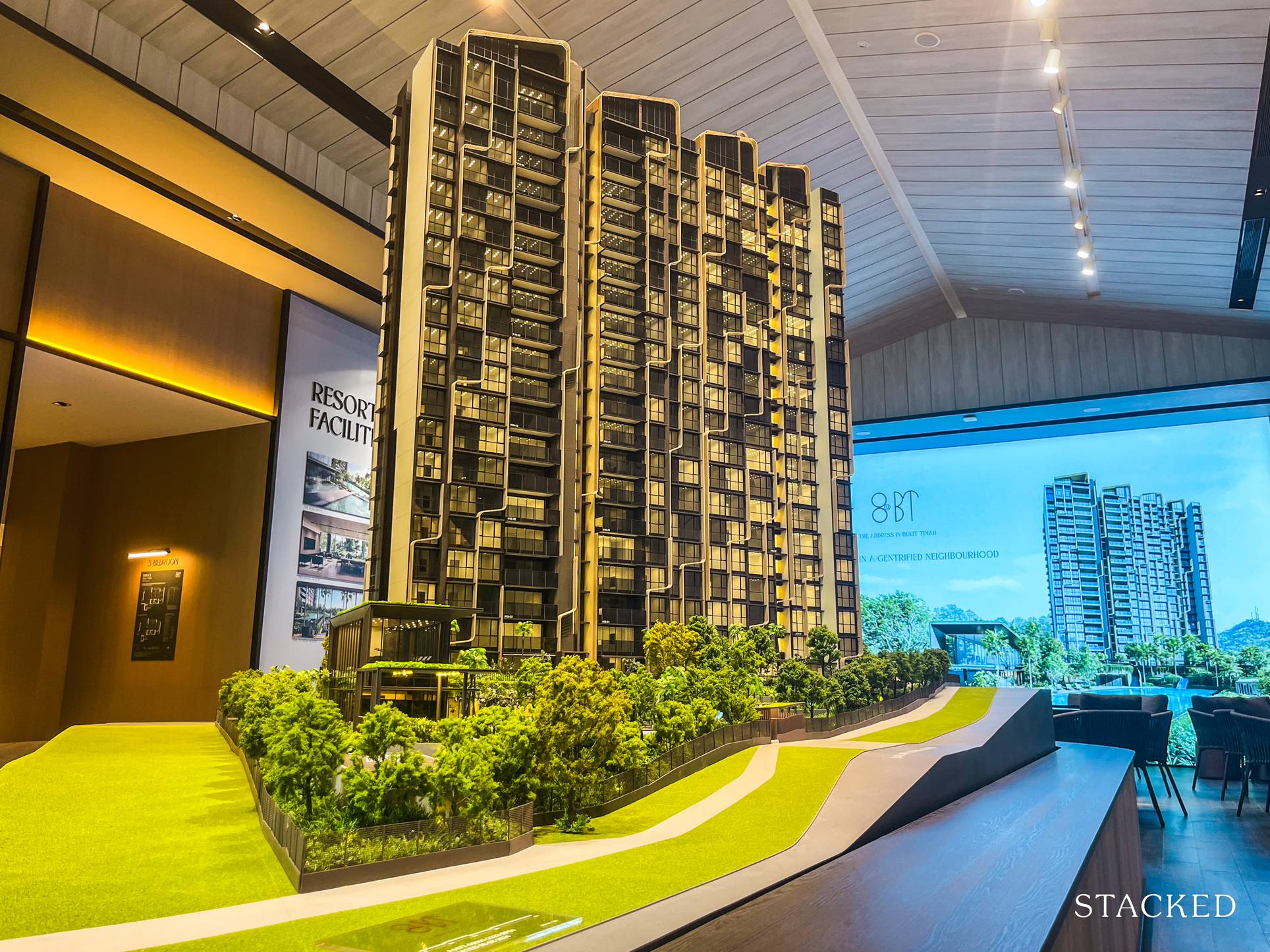
Editor's Pick I Reviewed A New Launch 4-Bedroom Penthouse At Beauty World
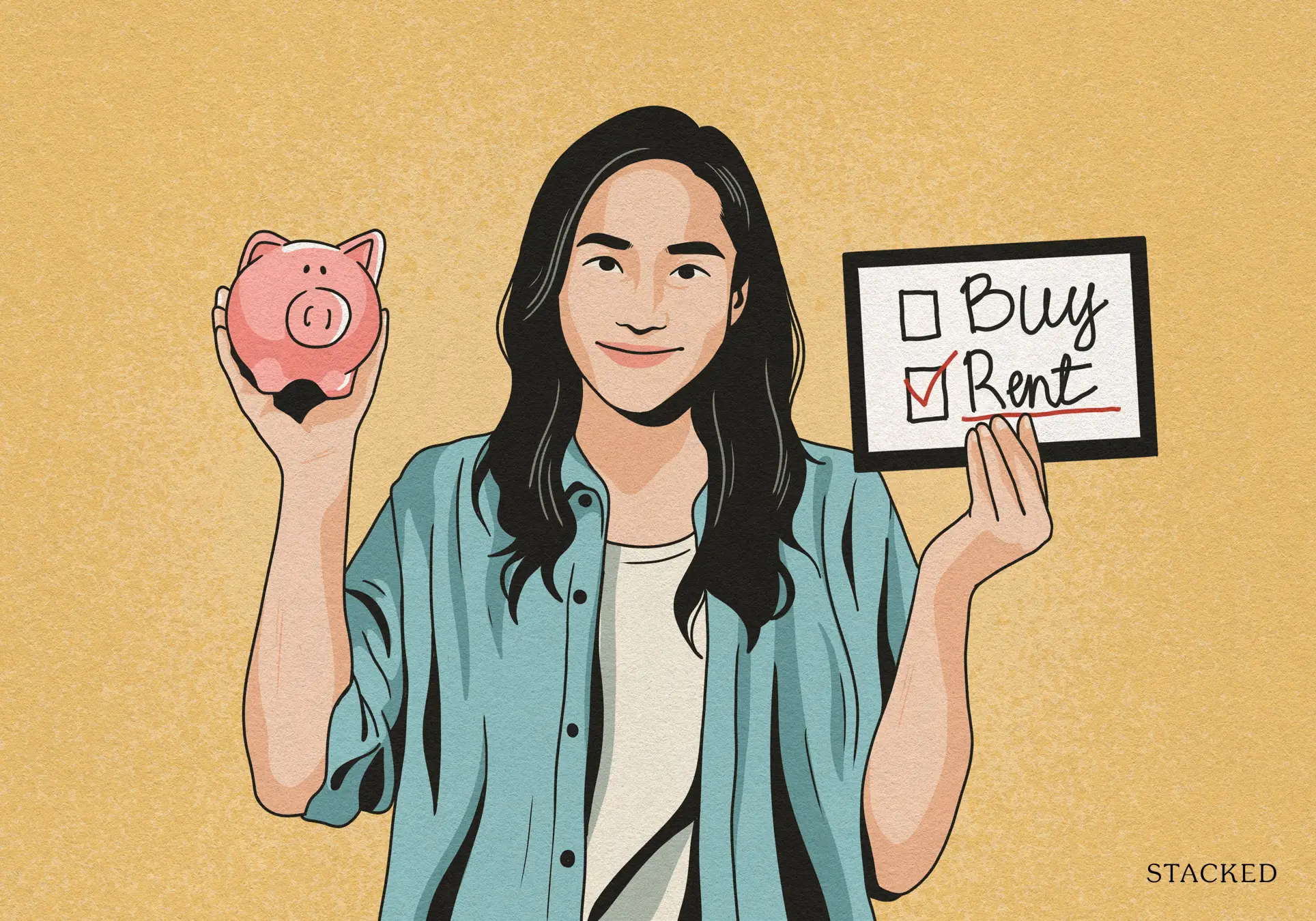
Property Market Commentary When Renting In Singapore Is The Smarter Move — And Buying Can Wait

Editor's Pick Why Singaporean Families Are Looking At This Landed Enclave From Around $4M
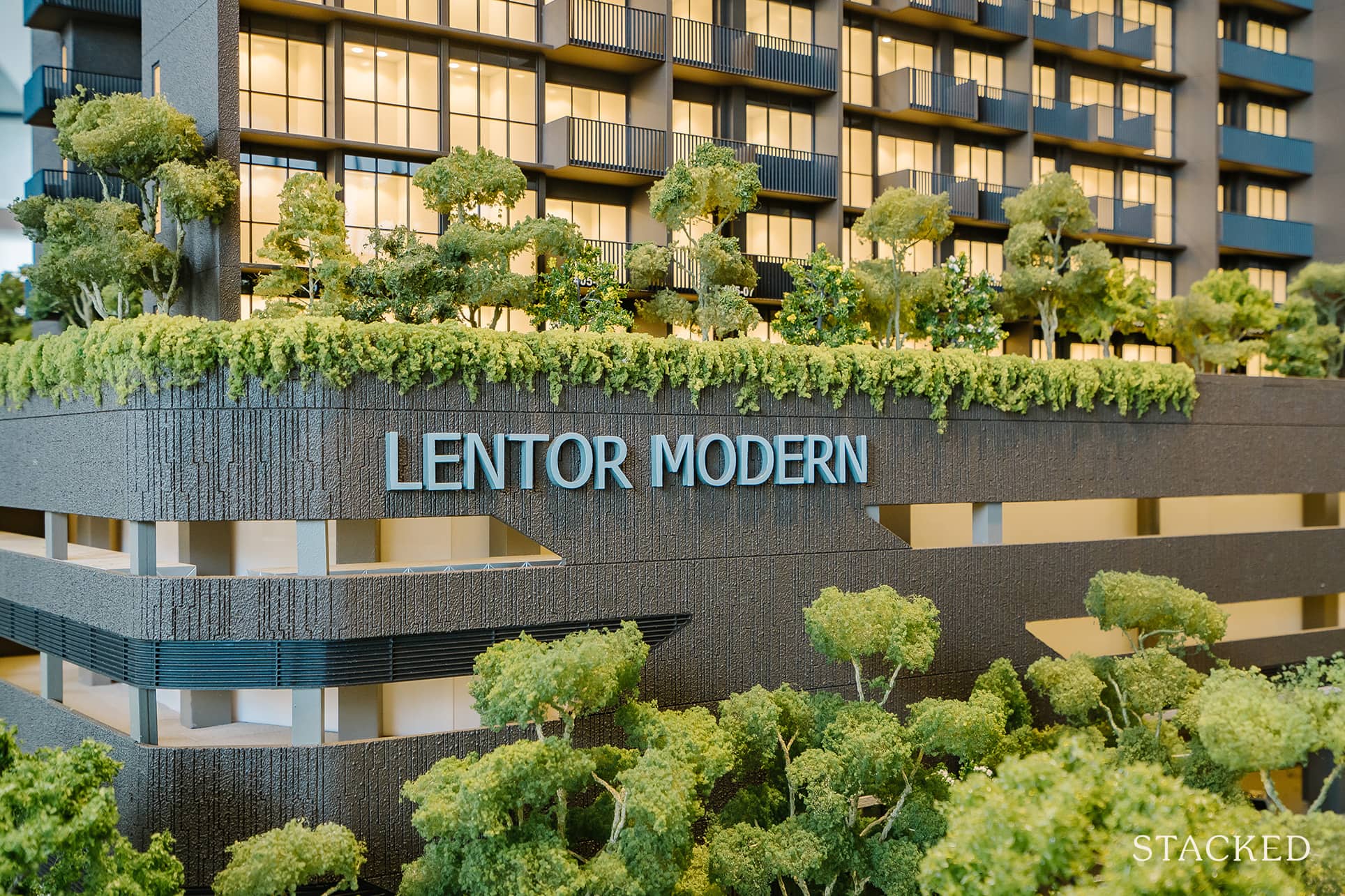
Singapore Property News Lentor’s First Condo Is Complete — The Early Profits May Surprise You
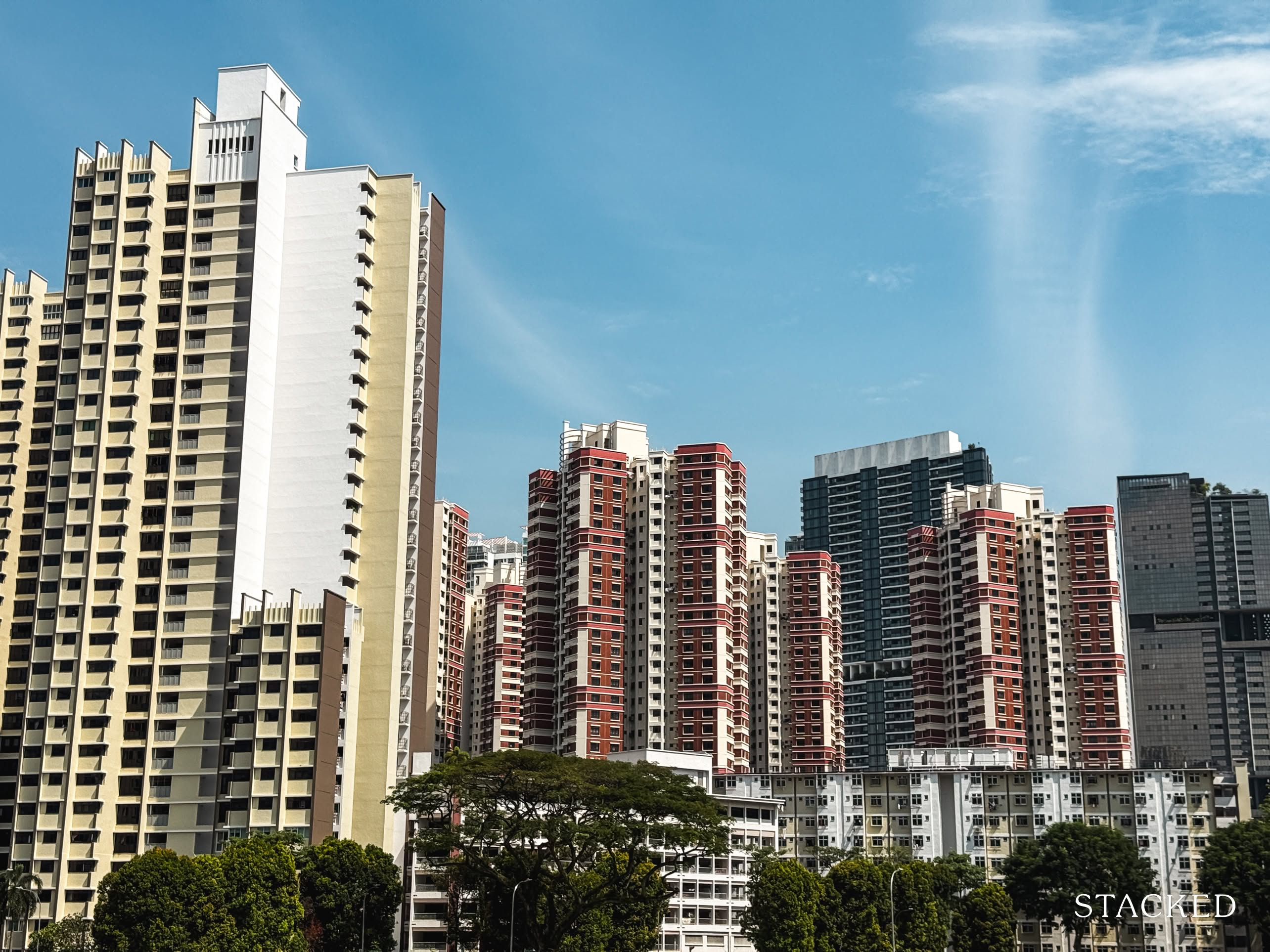
Editor's Pick A Wave Of New HDB Resale Supply Is Coming In 2026: Here’s Where To Find Them
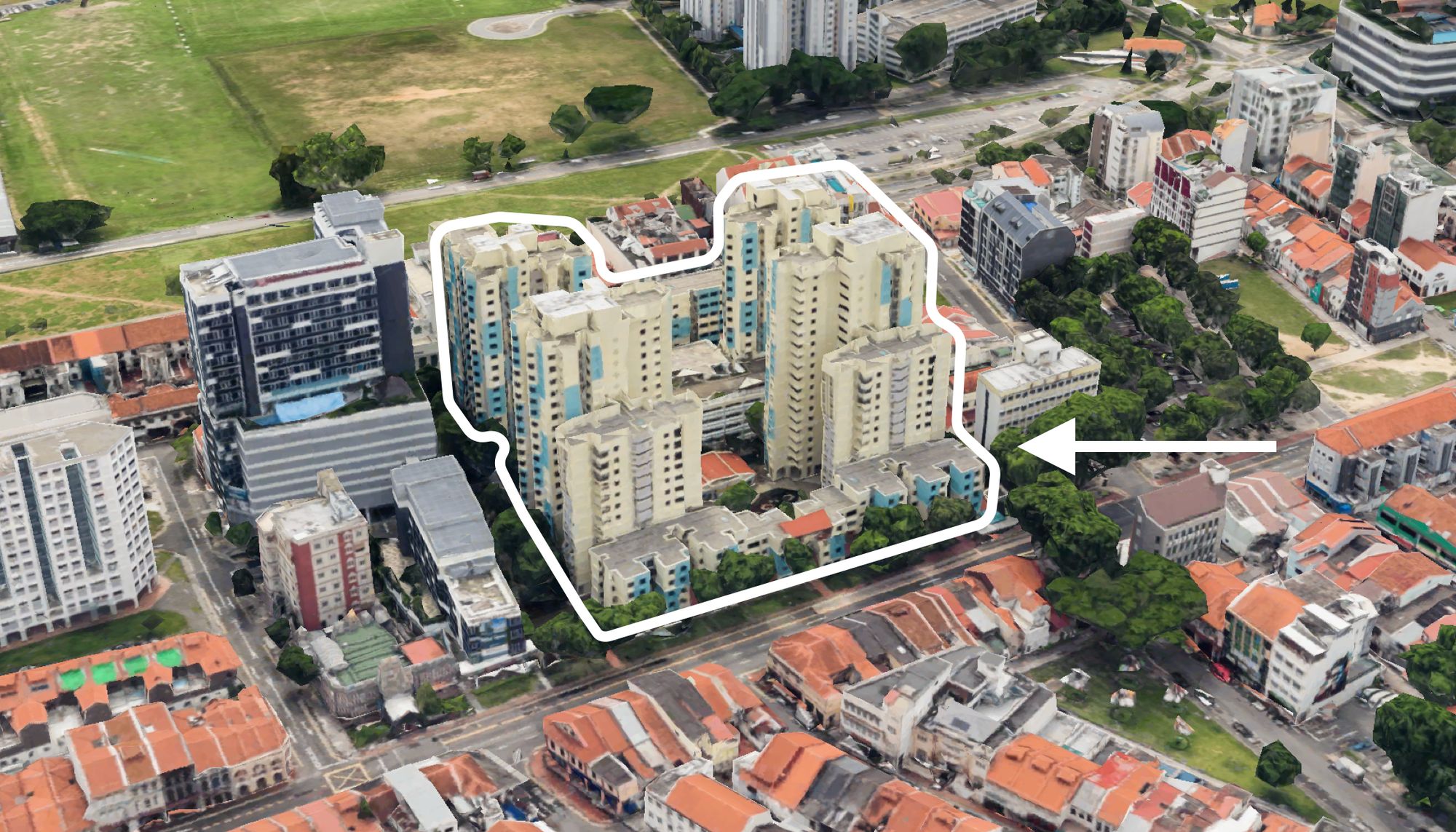
On The Market These Are Some Of The Cheapest 5-Room HDB Flats Left In Central Singapore
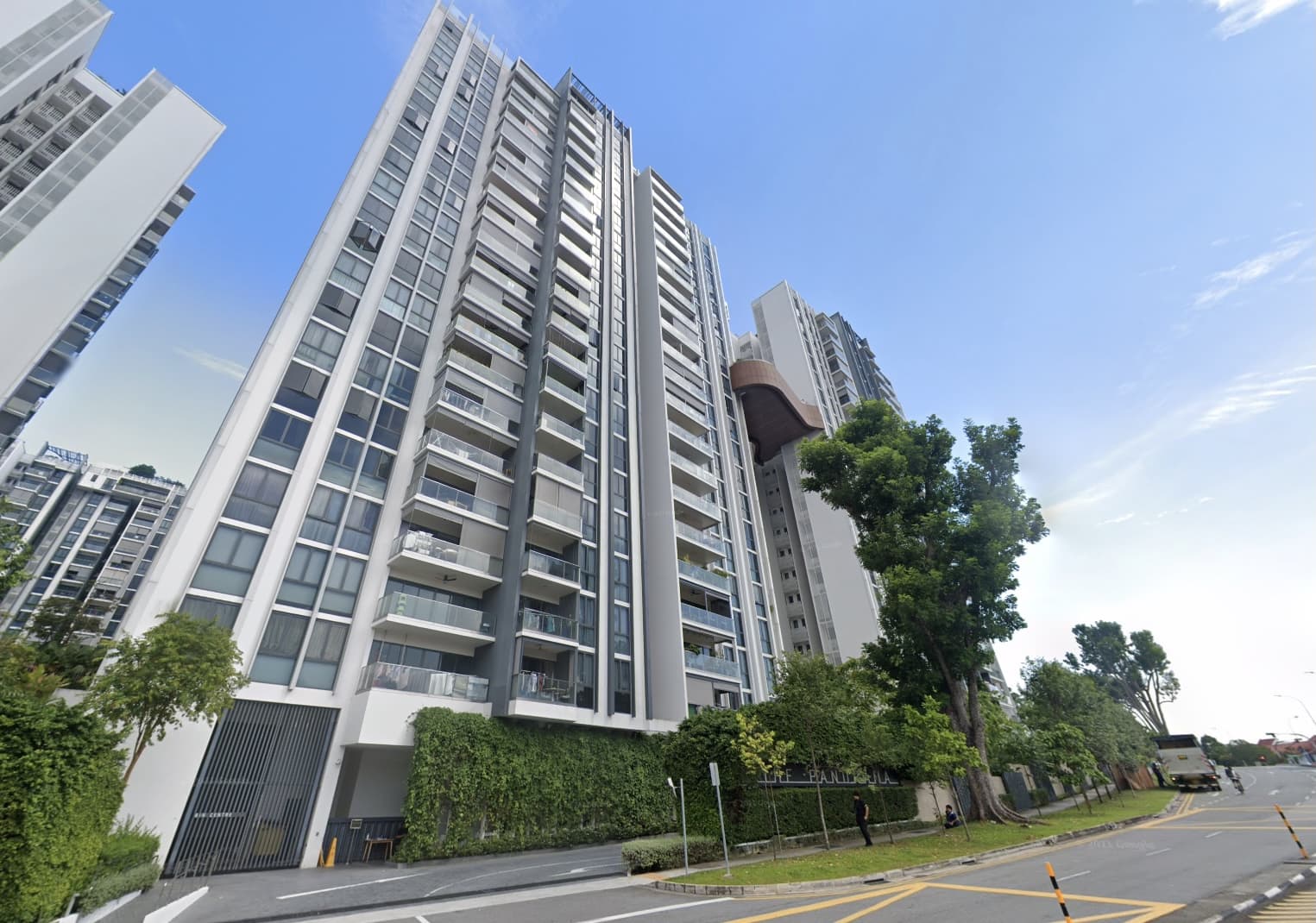
Pro This 698-Unit Ang Mo Kio Condo Launched At The Wrong Time — And Still Outperformed Peers
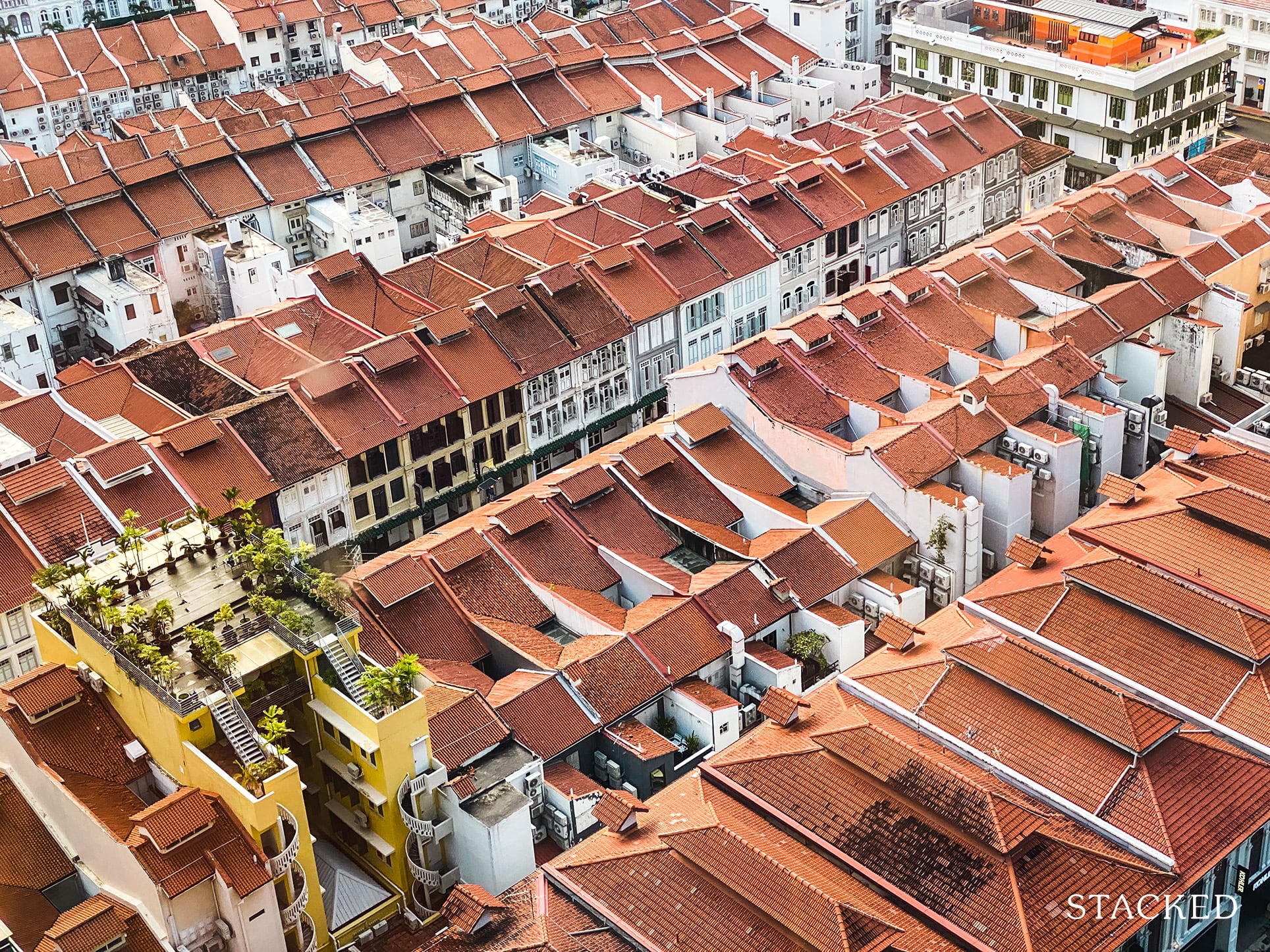
Singapore Property News $281.2M in Singapore Shophouse Deals in 2H2025 — But That Number Doesn’t Tell the Full Story
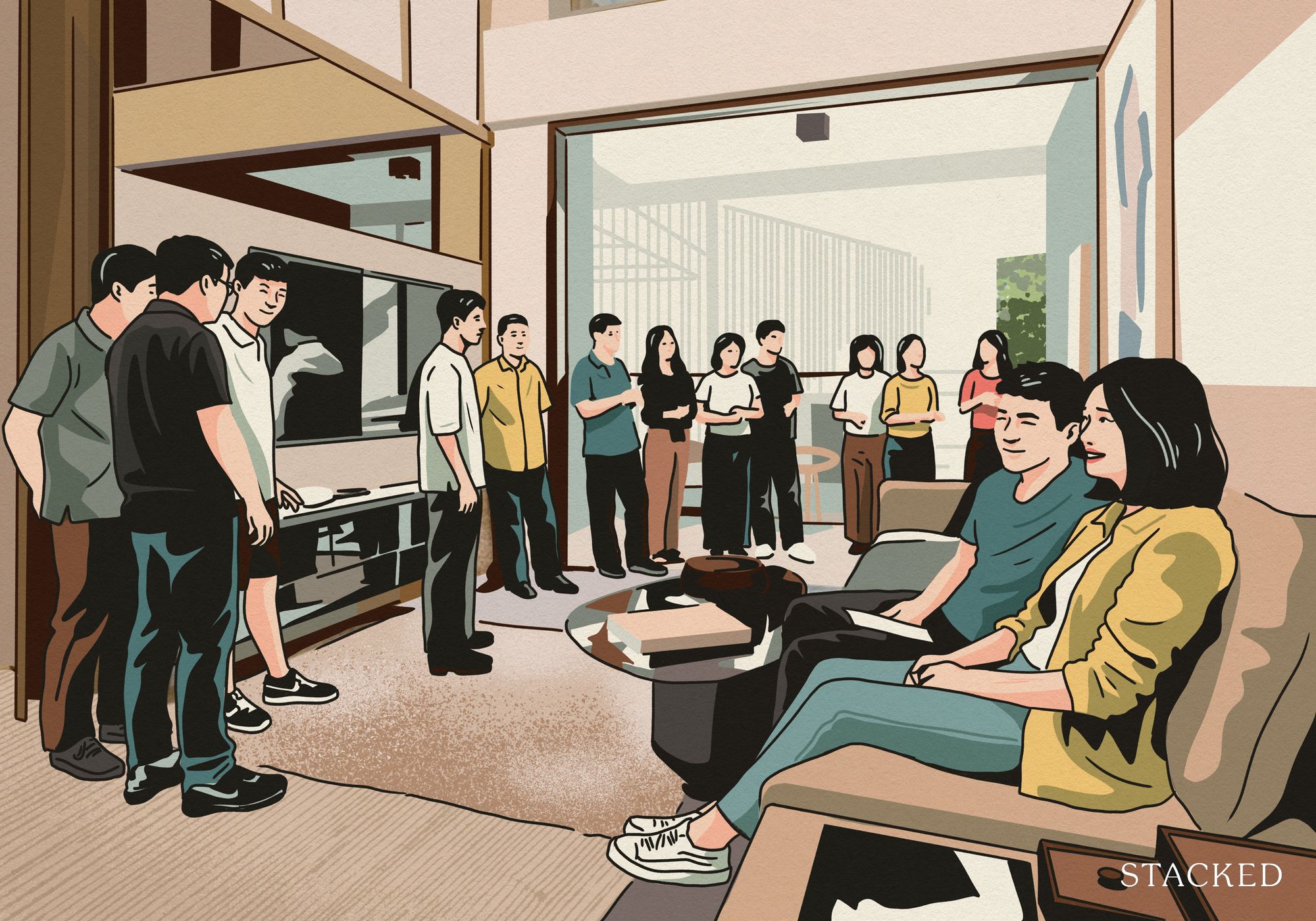
Property Market Commentary 5 Key Features Buyers Should Expect in 2026 New Launch Condos
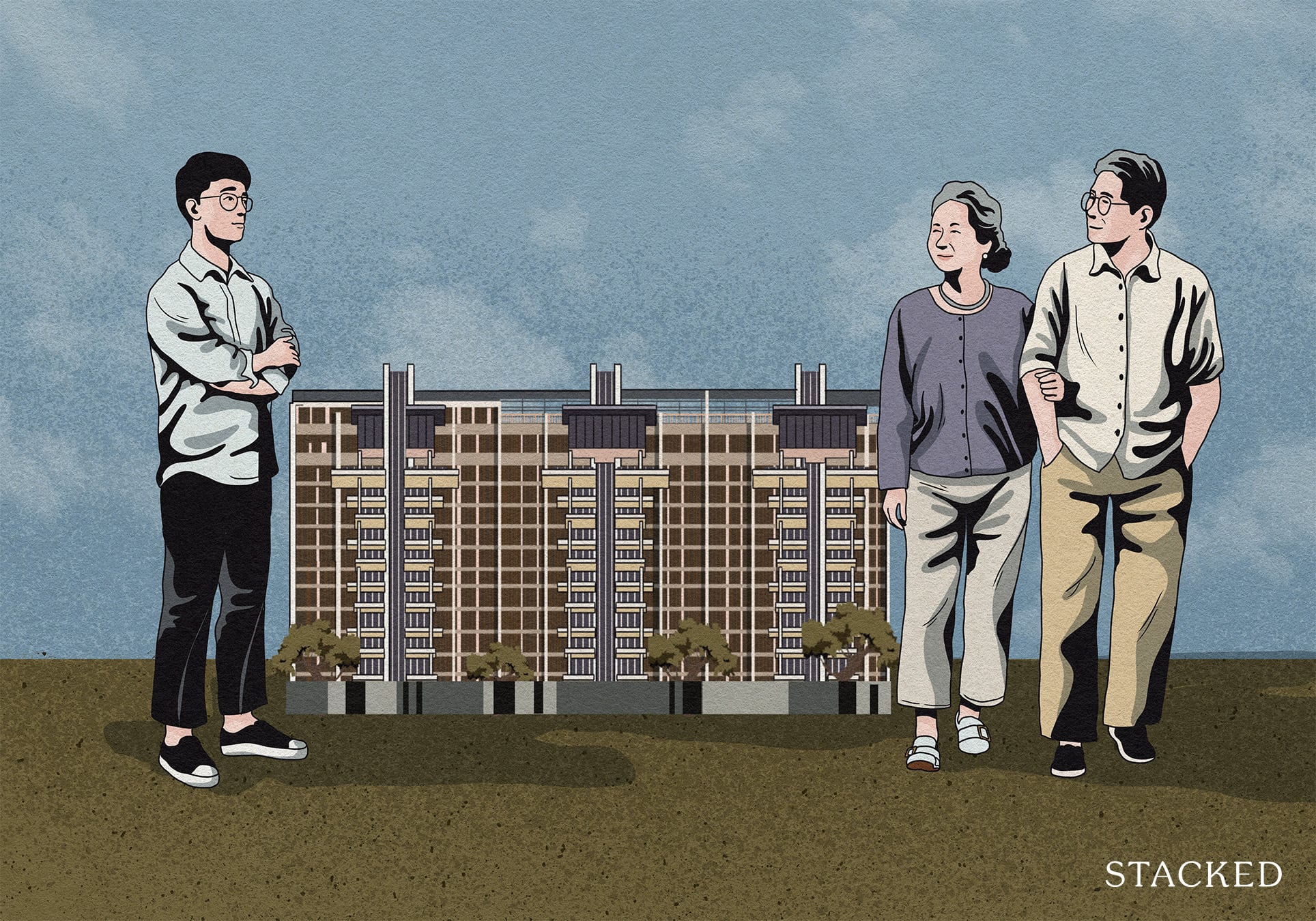
Editor's Pick What “Lucky” Singaporean Homebuyers Used To Get Away With — That You Can’t Today
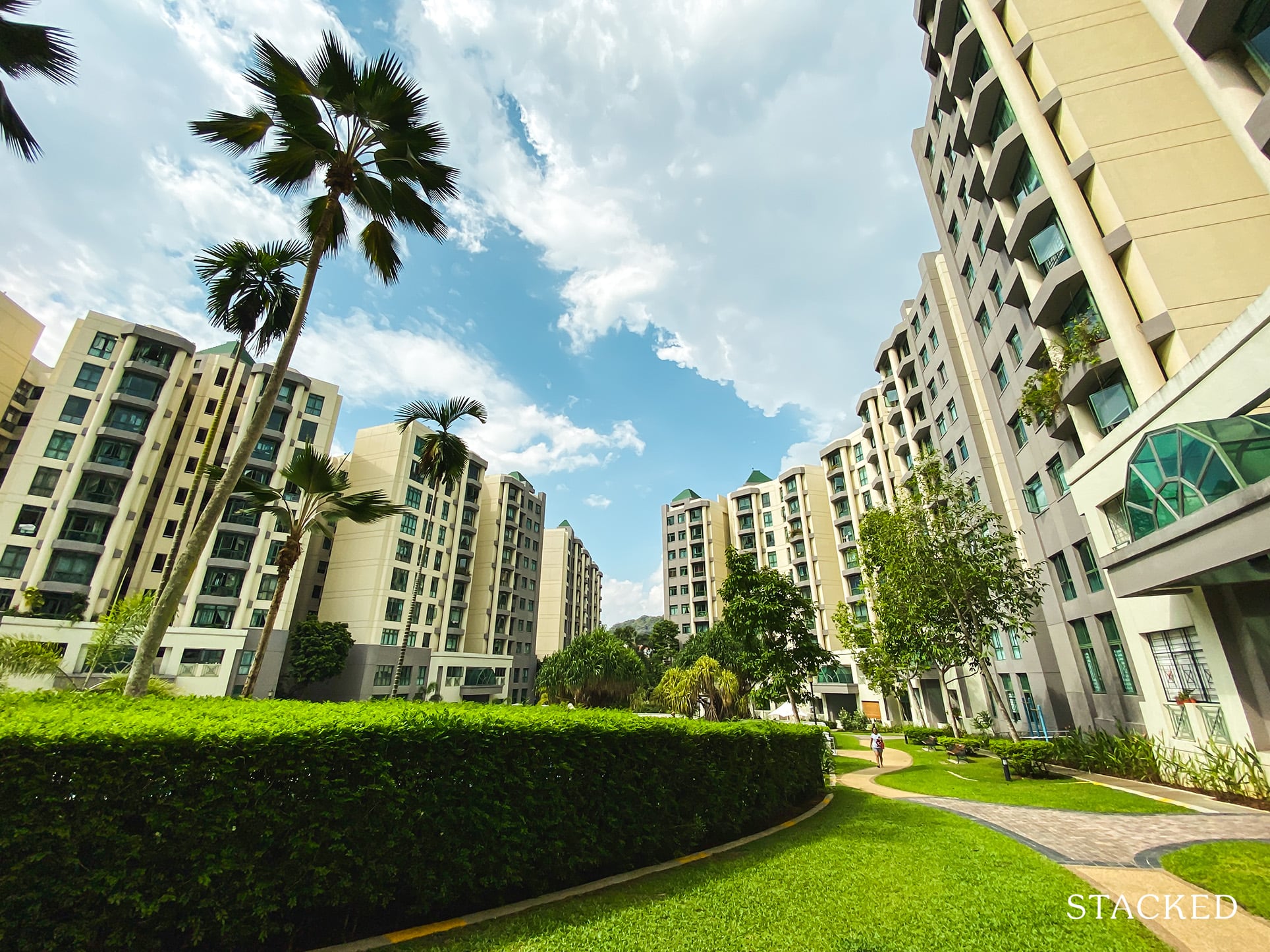
Property Investment Insights These Resale Condos In Singapore Were The Top Performers In 2025 — And Not All Were Obvious Winners

Singapore Property News CapitaLand–UOL’s $1.5 Billion Hougang Central Bid May Put Future Prices Above $2,500 PSF
